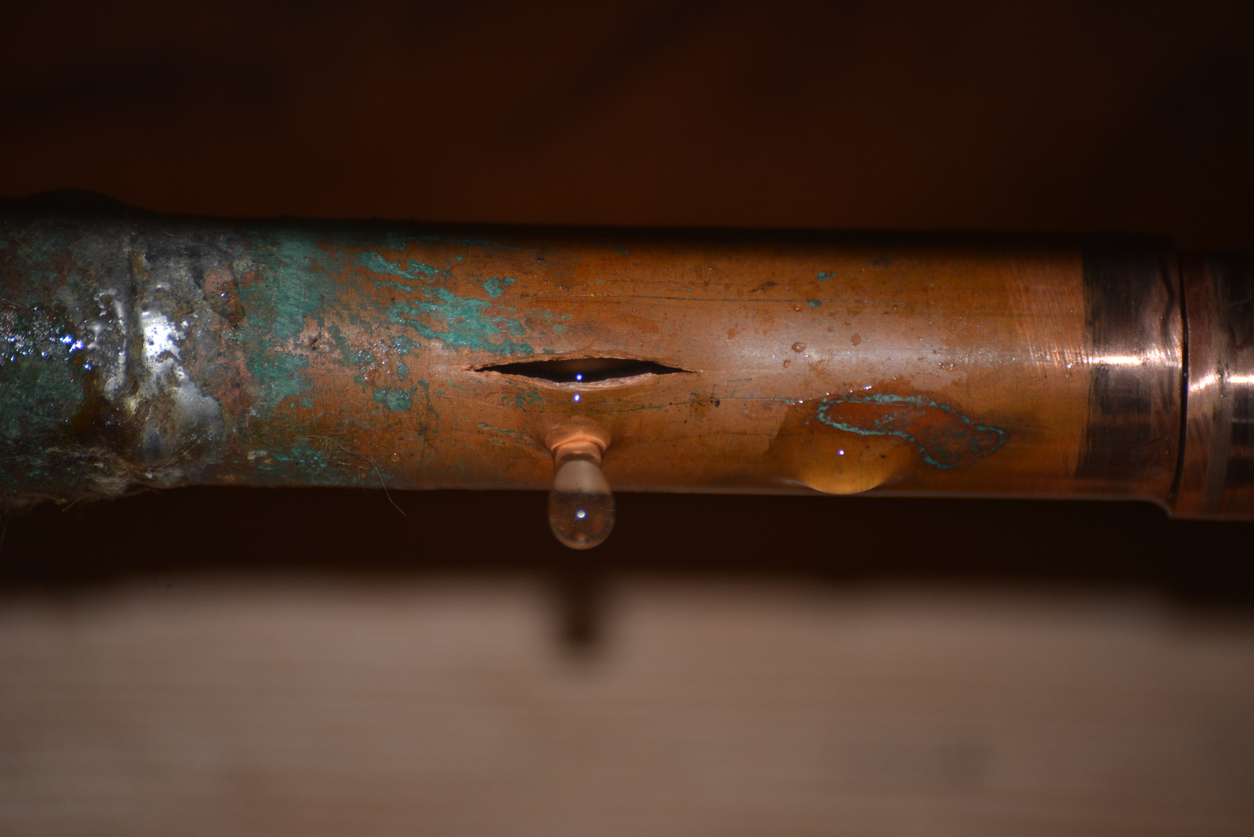At a recent insurance conference, I heard a discussion in passing between industry folks about the trend of trying to kill the name “all-risk insurance policy.” The basic conversation was that we should stop using the all-risk language and use the form names more because the insinuation has been made that the policies labeled as all-risk get the reputation of being considered unlimited coverage and all-encompassing coverage that should apply regardless of the circumstances.
Now, for the record, we know that policies of insurance are written by insurance companies and when you read a policy, whether it is a named-peril or an all-risk policy, pages of text are devoted to making sure policyholders are prohibited from confusing an insurance policy with a warranty. It does not take a insurance guru to understand that policies of insurance are filled with exclusions and limitations. How those exclusions and limitations apply matters and the right consideration needs to be given when a policy has language that states: “coverage for damage of direct physical loss is covered unless excluded” or “coverage exists against all risks of physical loss unless otherwise excluded or limited” or something similar. Many blog posts have been devoted to showing just how much is excluded and limited in our insurance policies. The stripping away of coverage that was once found in homeowners and business owner policies has been done by those who write the insurance policies.
Looking back at a North Carolina case about an all-risk policy, the Court of Appeals of North Carolina provided insight on applying coverage and applying exclusions and allowed a jury to hear the evidence of both sides instead of eliminating a trial for the homeowners.1 This is a case about a residence damaged during a terrible rainstorm when the east basement wall collapsed and fell into the basement. The home had structural damage and damage to the contents on this lowest level.
It is important to know for the purposes of this case that the policy discussed collapse in the contract. It listed that collapse is covered but collapse did not cover settling, cracking, shrinkage, bulging or expansion. This is important to note because many policies now further limit or exclude collapse damage. Again, another example of how insurance companies can strip away coverage once thought to be the norm.
In addition, Peril 15 in this policy listed that accidental discharge, leakage or overflow of water or steam from within a plumbing system was also covered if it was not caused by or resulting from freezing .
The homeowners made a claim for the loss under their all-risk insurance policy and the insurance company denied the claim stating that the policy did not insure against loss caused by, resulting from, contributing to, or aggravated by flood, surface water, water that backs up from sewers and drains, water below the surface that exerts pressure, or anything to do with earth movement.
At the trial level, the homeowners’ case was dismissed after a summary judgment motion was brought by the insurance company listing out the exclusions and arguing that no material issues of fact could allow the homeowners to have any coverage.
The homeowners had argued that the loss was caused by their plumbing system—the gutters and the downspouts—and there was coverage given in Peril 15 and that the other exclusions did not apply. The insurance company said that the water was flood water and was specifically excluded.
On appeal, the court found that the gutters and downspouts were part of the plumbing system. North Carolina’s building code was relied upon in helping reach this determination, along with the fact that the plumbing of a building goes beyond water pipes inside the house and that plumbers handle gas lines, connections for fire suppression systems, roof draining for rainwater, and pool piping. Thus gutters and downspouts could be considered part of the plumbing system.
Next, the court considered whether the damage was expressly denied. The decision was no. Now, this did not mean that the coverage was granted, instead it meant that a jury would decide how this case was to be determined with all the insurance provisions and facts of the case—instead of the judge deciding summarily that the insurance company prevailed.
The insurance company argued that even if the policy grants coverage, the damages are not covered because of the exclusions. But, in an all-risk policy, the insurance company has the burden of proving that the damages are a “no” because of a policy provision.
Defendant thought it had met this burden because the policy excluded flood damage, flood waters, and surface water. However, the appeal court explained the water would have to fit into one of two categories to be excluded: water from the downspout that (1) sank into the ground or (2) accumulated on the surface. But what about water discharged from a gutter system, would that water lose its characterization as plumbing system water and then be considered surface water? The court said it did not.
The court looked at the rule of construction on an insurance policy exclusion and found that if there is confusion and ambiguity, the contract is construed favorably for coverage siding with the party that did not write the insurance policy.
This evaluation allowed the question to continue on to the jury to hear the case.
1 Holcomb v. United States Fire Ins. Co., 52 N.C. App. 474 (NC App. 1981).



